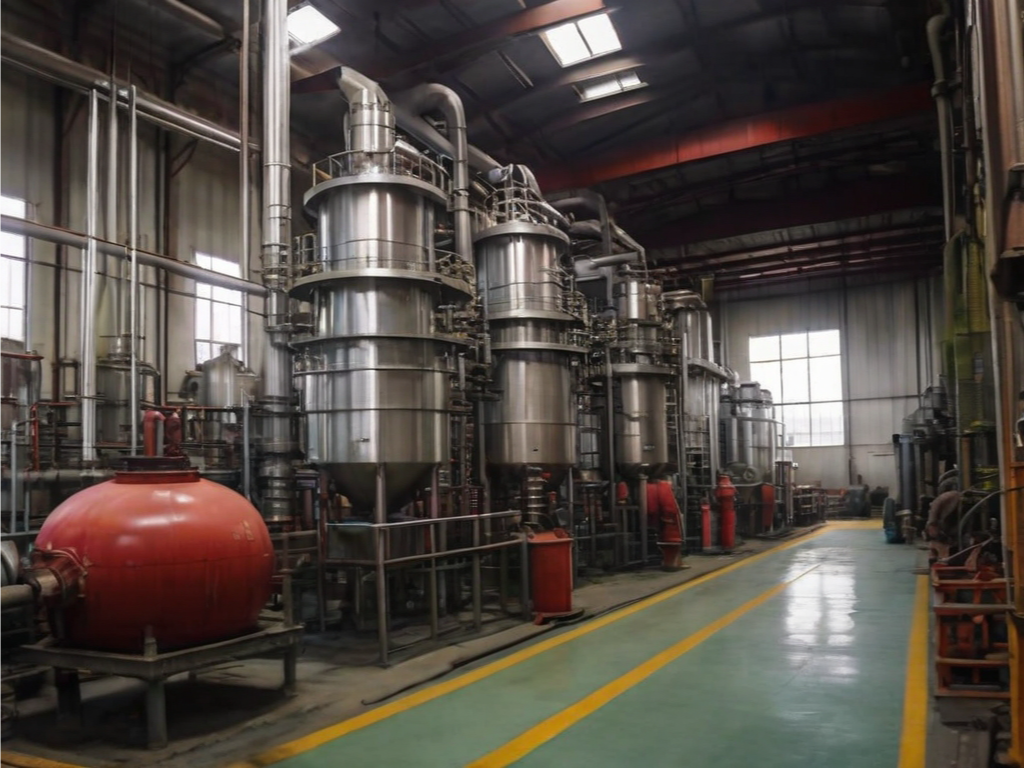When it comes to safety in hazardous environments, nothing beats the reliability and efficiency of intrinsically safe technology. As a leading provider of intrinsically safe devices, Intrinsically Safe Store understands the importance of this technology in ensuring the safety of workers and equipment in potentially explosive environments. In this article, we will delve into the advantages and limitations of intrinsically safe technology in hazardous areas. We invite you to explore our website to learn more about our range of intrinsically safe products.
What is Intrinsically Safe Technology?
Intrinsically safe technology refers to devices designed to operate safely in hazardous areas where fire or explosion risks may exist due to flammable gases, vapors, or dust. These devices limit the electrical and thermal energy to a level below what is required to ignite a specific hazardous atmospheric mixture.
Advantages of Intrinsically Safe Technology
There are several benefits associated with the use of intrinsically safe technology in hazardous areas. These include:
- Safety: The primary advantage is the enhanced safety it provides. By limiting the energy to non-incendive levels, intrinsically safe devices prevent ignition of flammable gases or dust, reducing the risk of fires and explosions.
- Cost-Effective: While the initial investment may be higher, the overall operational and maintenance costs are significantly lower. This is because these devices do not require expensive explosion-proof enclosures or complex conduit systems.
- Flexibility: Intrinsically safe devices can be safely maintained, repaired, or replaced without requiring a plant shutdown, offering greater operational flexibility.
Limitations of Intrinsically Safe Technology
Despite its numerous advantages, intrinsically safe technology also has some limitations:
- Power Limitations: Due to the need to limit energy to prevent ignition, these devices often have power limitations, which may affect their performance in some applications.
- Complex Design: The design and certification process for intrinsically safe devices can be complex and time-consuming, potentially delaying product availability.
- Higher Initial Costs: The initial costs of intrinsically safe devices can be higher than other types of protection methods. However, these costs are often offset by lower operational and maintenance costs over time.
Case Study: Intrinsically Safe Technology in Action
A great example of intrinsically safe technology in action is in the oil and gas industry. Companies like BP and Shell use intrinsically safe devices to monitor conditions and communicate safely in potentially explosive environments. These devices have proven to be reliable, cost-effective, and crucial in maintaining safety standards.

Intrinsically safe technology plays a vital role in ensuring safety in hazardous areas. While there are some limitations, the benefits of enhanced safety, cost-effectiveness, and operational flexibility make it a preferred choice for many industries. At the Intrinsically Safe Store, we are committed to providing high-quality intrinsically safe devices to help you maintain safety in your operations. Contact us today to learn more about our products and how they can benefit your business.


























